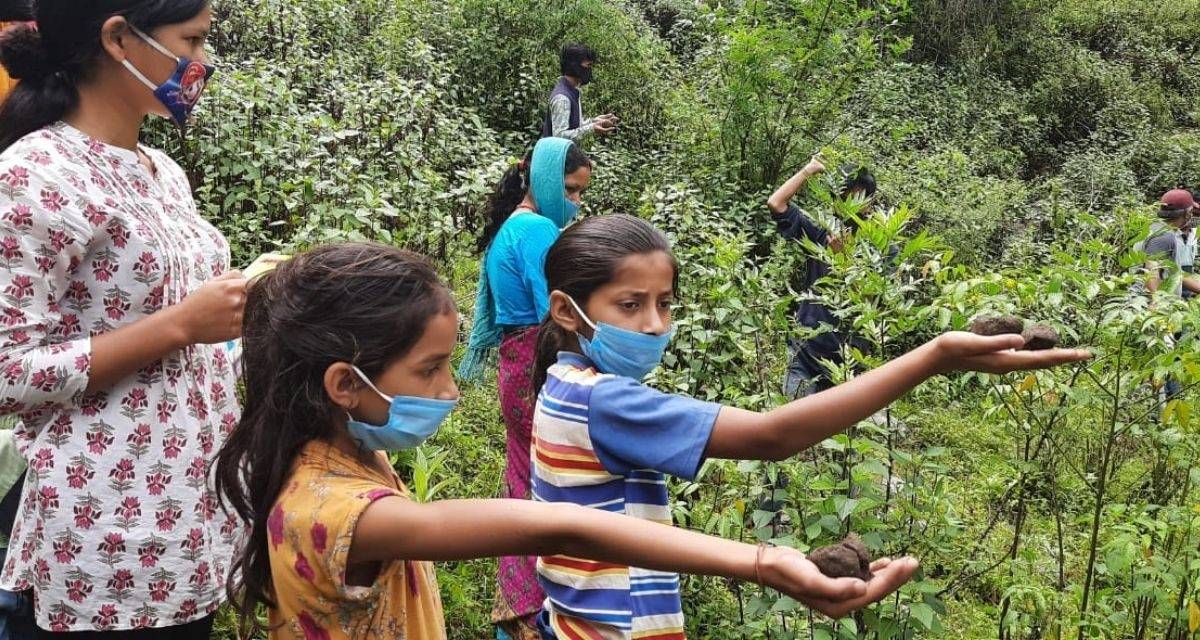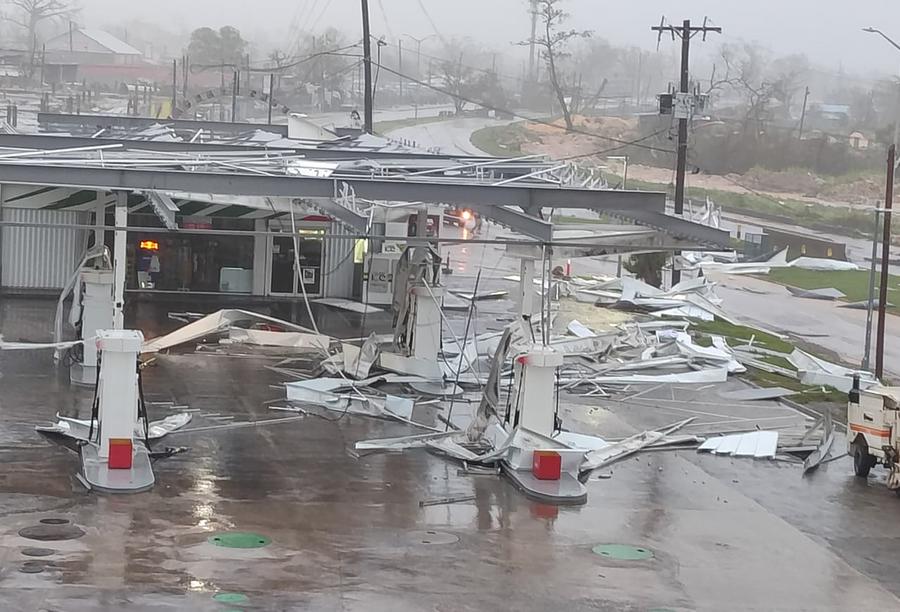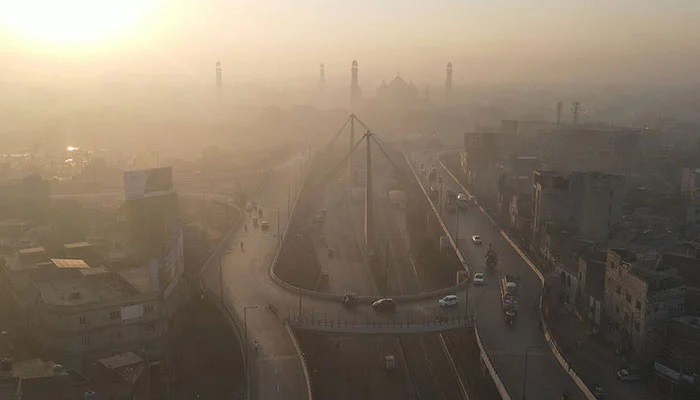While the Thapana has always been closely linked to the faith of the people residing along its banks, it had also fallen prey to pollution and degradation….reports Manoj Thakur
It was 2012. The monsoons were late and the Thapana, which is already a low-flow river, was drying up. It was suggested in the panchayat that farmers with fields close to the banks could pump water from their borewells into the deepest points in the river so that at least the aquatic life could be saved.
Despite the impending drought, Mehak Singh (43) from Kanyawala village readily agreed. He considered it a divine duty. It is believed that some part of the river flows underground, he said, allowing farmers to draw on it to water their fields. “That why the farmers and villagers here are very attached to it; we worship the river twice a year with a community feast,” he said.
In the neighbouring village of Mandoli, Surjit Singh (66) was also very worried about the state of the river and the dying fish, and he agreed to participate in the exercise. It was a herculean task but with the help of two dozen farmers and the other villagers covering the cost of the fuel, the river was saved that year.
Thapana abuts the 5,000-strong Kanalasi village in the Yamunanagar district of Haryana. It is one of the seven villages that the river flows through in its 15-km journey after it branches out from the Yamuna and before joining the Somb.
While the Thapana has always been closely linked to the faith of the people residing along its banks, it had also fallen prey to pollution and degradation.
It was in Kanalasi that the community-driven movement to revive and protect the river took root.
Educating the community
The beginnings of this restoration process started with the Yamuna Jiyo Campaign (YJC), started by a former IFS officer and director of Peace Charitable Trust, Manoj Mishra, in 2007. YJC sought to ascertain and improve the health of the river beyond metrics.
This meant studying the aquatic life in the river and vegetation along its banks. Could the river support the famed game fish of the Yamuna, Mahseer, which could only thrive in pollution-free waters? What were the various species of turtles, frogs, birds and other creatures that were living off the river? Were the trees around the river growing, green or dying?
For this task, the villagers along Thapana were roped in. The project was meant to run for two years from 2009 and saw the setting up of 20 ‘Nadi Mitra Mandali’ (friends of the river) along Thapana, each with 10-40 locals, who met regularly and trained together.
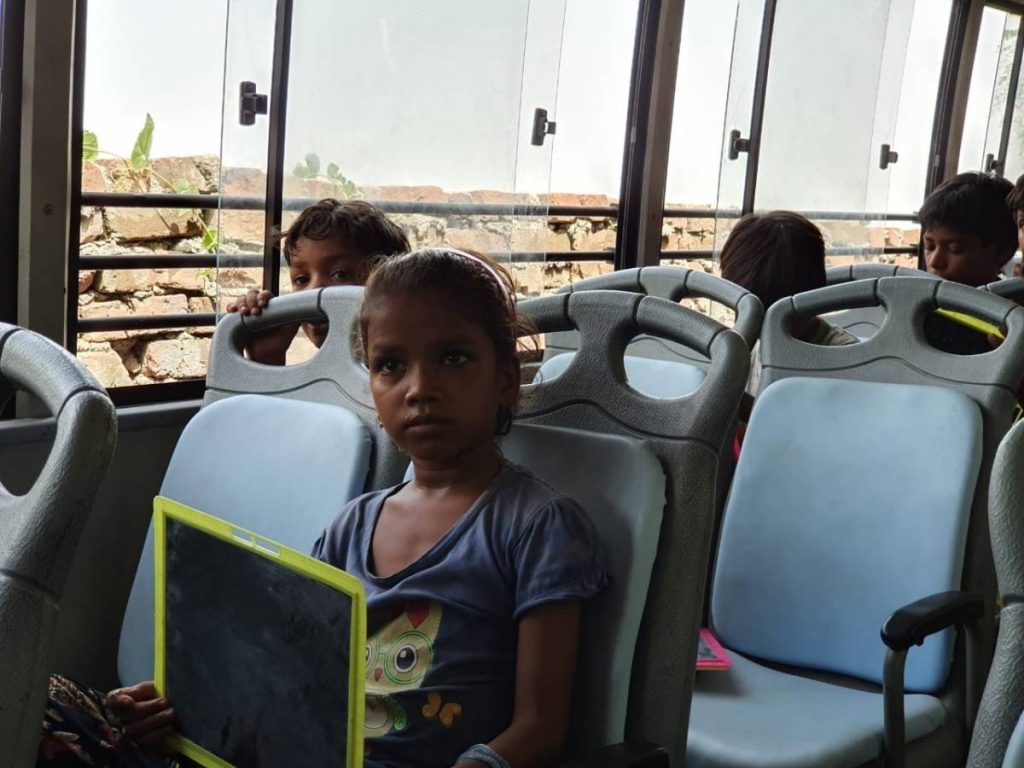
Close to 500 people were trained in different phases, said Bhim Singh Rawat, the convener of YJC, where they were educated about keeping the river pollution-free – from redirecting sewers from the villages and pesticide run-off from the fields to stopping littering. They were taught why greening the banks was critical in attracting and supporting wildlife like local and migratory birds like waterfowl which are naturally adept at keeping the river clean.
It was during this time that the Thames River Trust (TRT) in London bagged an international award, the mandate of which allowed it to associate with any organisation working for a river in any part of the world. The TRT began collaborating with YJC in monitoring the river health index project.
So the project was extended for two more years. Awareness about the river grew in Kanalasi and adjoining areas after this, says Kiran Pal Rana (54), resident of Kanalasi and the head of local Mandali.
Engineering the river banks
Awareness camps were organised to encourage the plantation of popular trees, neem, rosewood and fruit-bearing plants like jamoon, mangoes, on the banks of the river. Farmers who were cultivating on the river bank agreed to replace their crops with varieties of trees that would fetch them income.
Kiran Deep Singh (32), a farmer who planted saplings on the banks of the Thapana river, said that earlier some land on the banks of the river used to lie idle. There was soil erosion and if there were heavy rains, these edges would suffer a lot.
“Since we planted saplings on the banks of the river 2-3 years ago, in association with the Nadi Mitra Mandali, our problem has been solved. Besides, the trees of Safeda and Papular are been grown in the idle land and this will give us a lot of income.”
Rajesh Gulia, a former IFS officer of the Haryana Forest Department and then working in Yamunanagar, oversaw the plantation of saplings in Kanalsi and Mandoli. “We, along with Panchayat and Nadi Mitra Mandali, explained to the villagers that if we plant saplings today, then after three to four years you will get good income. They were told how planting saplings was like a fixed deposit for them. The effect of such talks was that a large number of farmers had agreed to plant saplings,” he said.
In other places, when farmers shifted their agriculture some distance from the riverbank, faster afforestation resulted. Earlier, vegetation that grew naturally along the riverbank was being destroyed due to farming being carried out almost up to the river edge. This also accelerated the pace of the river drying up during the summer. But now, natural vegetation was allowed to thrive.
Farmers were also given training on organic farming practices and local varieties of seeds were made available to them, ones that didn’t require fertilisers and pesticides. Sheeshpal, a farmer, said when farmers started getting remunerative prices for their produce, the use of pesticides along the river bank was reduced and harmful chemicals no longer found their way into the water.
The community also had to work towards changing some deep-rooted habits in order to protect the river habitat. The Thapana earlier was a dumping ground for waste of all kinds including empty pesticide bottles, plastic and polythene covers, said Sanjay Singh (65), a resident of the village. Once this waste was cleaned, villagers decided not to dump anything in the river henceforth. While it was difficult to break this habit, continuous dialogue and awareness finally had an effect. When a few people started obeying the no-dumping rule, others started following their example. Now garbage bins have been placed along the banks and in the village, and are cleared by the municipal corporation regularly.
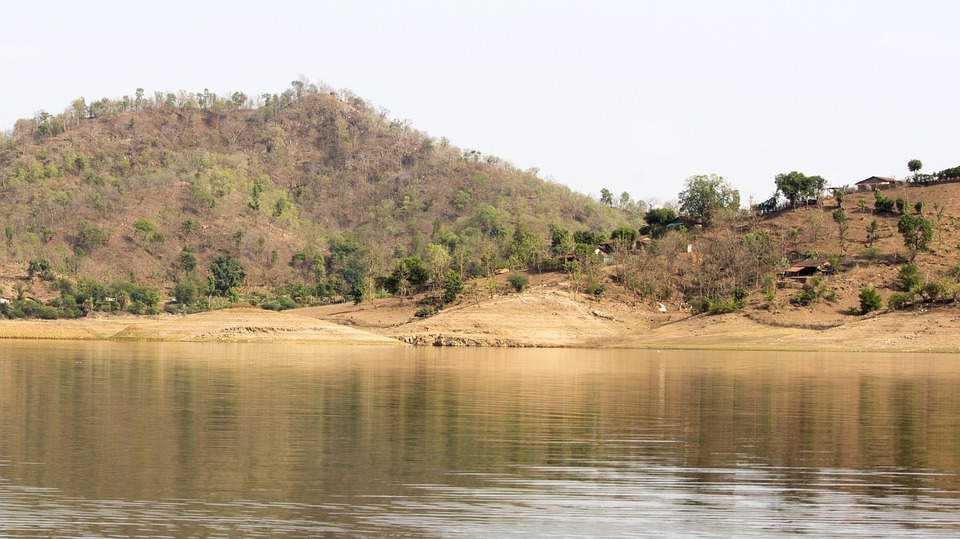
The river as part of the family
Despite being a low-flow river, the Thapana is home to eight different varieties of fish, including mahseer, and crabs, snakes, frogs, and turtles. The river is home to 32 types of flora including those that grow on the river banks and 70 species of birds flock to its waters.
Once the river started to become healthy, Manju Devi, the sarpanch of Kanalsi continued to face several challenges, the biggest one being the rapid rise in Mahseer which started attracting hunters. Mahseer is a famous sport fish and a delicacy and the low water flow made them easy prey. Some people also hunted the birds here.
Fishing was prohibited and villagers started to patrol the banks during the night to enforce the rule. Though stray attempts to fish in these waters were not successful and were often caught, the villagers wanted to increase the reverence of the river so no one would attempt to exploit its resources.
Besides, the transformation that the river had brought about in their lives made them even more protective of it. It was then that the villagers decided to co-opt the river as a family member, Rana said.
“We started celebrating the birthday of the river and threw a grand feast. The last Sunday of September was chosen as the date of birth of the river,” he added.
The river has a life cycle. It has its health index and is determined by the purity of water flowing in it, vegetation in it, trees on its banks, the aquatic species it sustains. All these are interdependent. “We tested the health index of this river, post our efforts to rid it of pollutants, and it has passed this test in flying colours,” asserted environmentalist Bheem Singh, a member of Yamuna Mitra Mandali. “Rivers have their system (of maintenance). If one creates this system, the river maintains itself,” he added.
Haryana’s Forest and Environment Minister, Kanwar Pal Gurjar, who is MLA from Jagadhri assembly constituency to which Kanalsi village belongs, said that the government provide saplings free of cost to the villagers from time to time (though the cost of plantation is covered by the Mandali and the panchayat). He also said the government is consulting experts regarding villagers’ demand that the river is given heritage status.
(The author is a Chandigarh-based freelance journalist and a member of 101Reporters.com, a pan-India network of grassroots reporters)


